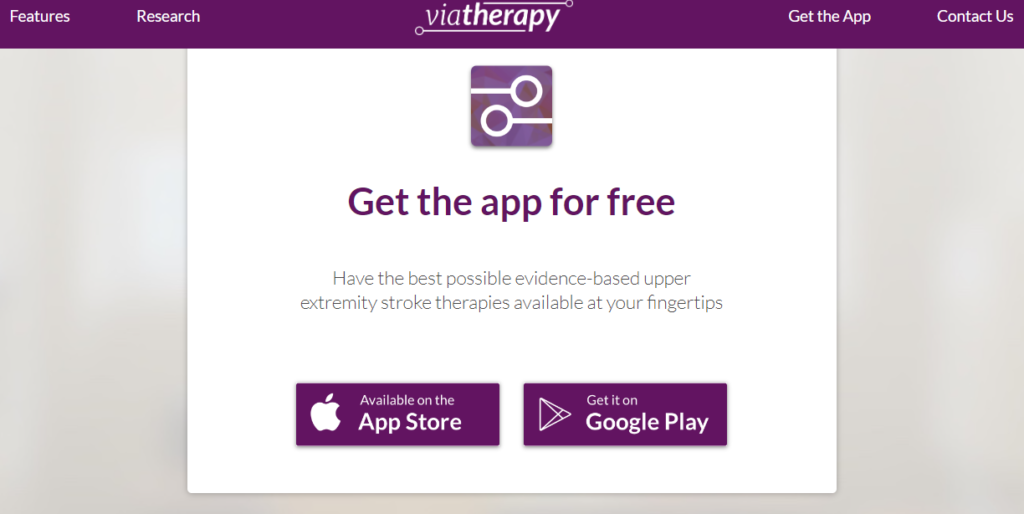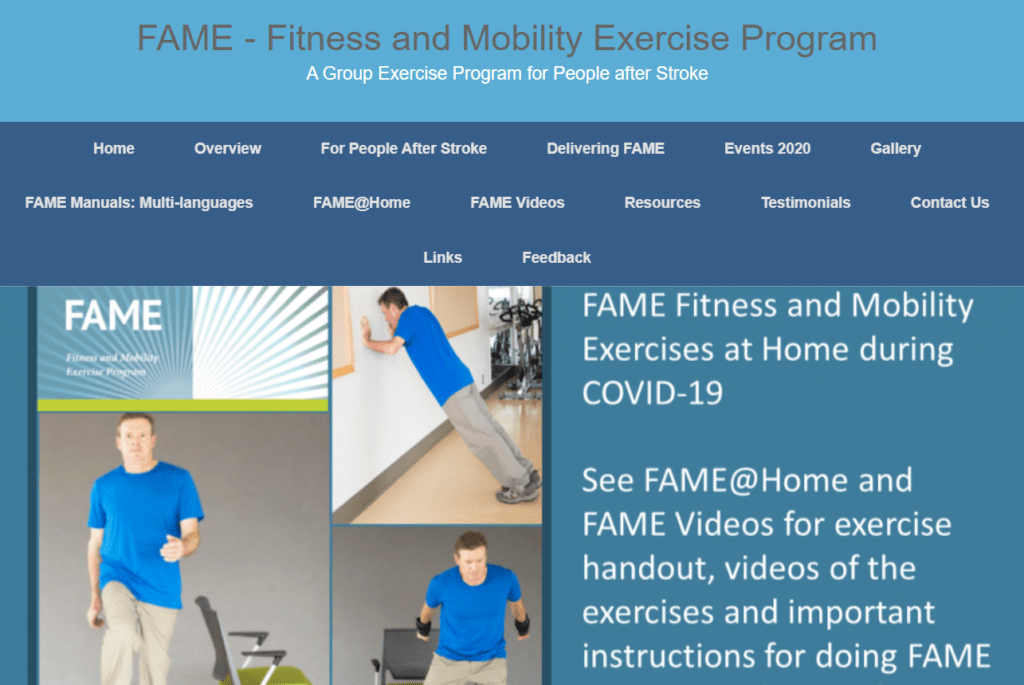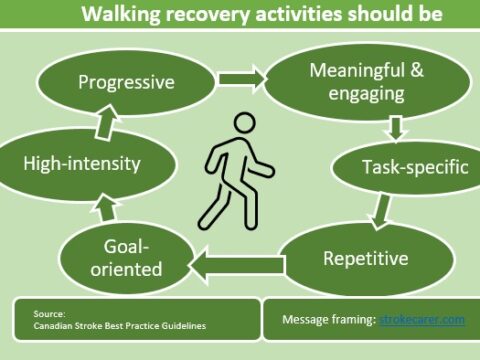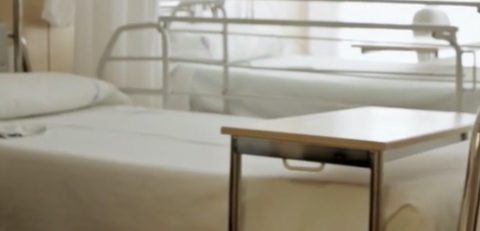
This post curates free stroke movement recovery apps.
The following tools will help you in your movement recovery journey. Create your programs because government-funded rehab programs provide only limited sessions.
1. ViaTherapy App
This is an excellent app.
You can download it for free.
An international panel have developed this app from Canada, the US, Australia, New Zealand, The Netherlands, the UK, and Sweden.
Via Therapy uses virtual reality technology.
One of the main benefits of Via Therapy is that it allows stroke survivors to practice movements and tasks in a safe and controlled environment.
Benefits of Via Therapy
- Therapists can create simulations of everyday activities, such as reaching for objects or walking, that can be adjusted in difficulty as the patient improves. This allows for a progressive rehabilitation program tailored to the individual’s needs.
- You can do other forms of physical therapy such as exercises and stretches.
- You can practice the balance and coordination exercises as well.
You can download the link through this link: https://www.viatherapy.org/#gettheapp

GRASP
GRASP is another free stroke recovery tool.
It aims to improve arm and hand movements.
The tool is a product of the University of British Columbia’s researcher-practitioner, Dr Janice Eng, PhD, PT/OT. She and her team developed this resource after a comprehensive neuro-rehab research program.
It has two versions, consisting of books, manuals, and video clips.
- Hospital version
- Home version.
GRASP is an acronym. It refers to the “Graded Repetitive Arm Supplementary Program”. The tool follows the Canadian Best Practice Recommendations; the stroke recovery efforts should be intensive, repetitive, and task-specific. You can find more about this here.
GRASP is based on principles of motor learning and repetition. And, it is designed to help stroke survivors regain strength, dexterity, and coordination in their affected limbs.
You can use it as a supplementary program to traditional physical therapy and rehabilitation services. The program includes a series of exercises and movements.
The GRASP focuses on arm and hand impairments.
It is progressive. That means those exercises are done with increasing difficulty as the patient improves. The graded repetition of these exercises is designed to help stroke survivors develop the strength, dexterity, and coordination necessary for daily activities, such as dressing, eating, and grooming.
It does not need expensive equipment, unlike other traditional rehab programs.

You can access this resource through this link: https://neurorehab.med.ubc.ca/grasp/grasp-manuals-and-resources/grasp-home-patient-book-2/
FAME
FAME, or the Fitness and Mobility Exercise Program. This is a group exercise program. It is designed to be fun and engaging. Therefore, it helps to improve social interaction. It can be done in participants’ homes and even community centres.

Here is the link: http://fameexercise.com/
Online exercise programs from March of Dimes Canada
March of Dimes Canada is a leading organization dedicated to improving the lives of individuals living with disabilities, including stroke patients. One of the ways they help stroke patients is through online exercise programs. These programs provide stroke survivors with access to tailored, exercise-based rehabilitation programs from the comfort of their own homes.
March of Dimes Canada runs group-based online exercise programs on weekdays. You can enter the following website through this link: https://www.marchofdimes.ca/en-ca/programs/Pages/Online-Exercise.aspx#stroke

IWalkAssess App
This is another evidence-based app that helps you to assess your walking ability after a stroke. It includes the following features;
- Administer walk test
- Interpret performance
- Treatment, education, and goal setting
You can access the IWalkAssess website through this link: http://www.iwalkassess.com/
You can get more information from the Knowledge to Action lab site; https://www.youtube.com/channel/UCh65ZgnzmSuJ2jWDjTVz1-w/videos
The IWalkAssess app uses sensors and algorithms to provide detailed information about the user’s walking pattern, including speed, stride length, and step symmetry. The app includes progress tracking features, allowing users to see how their walking ability has been enhanced with time.
Do you know more free resources available online? Please mention those in the comment section for others’ benefit.


